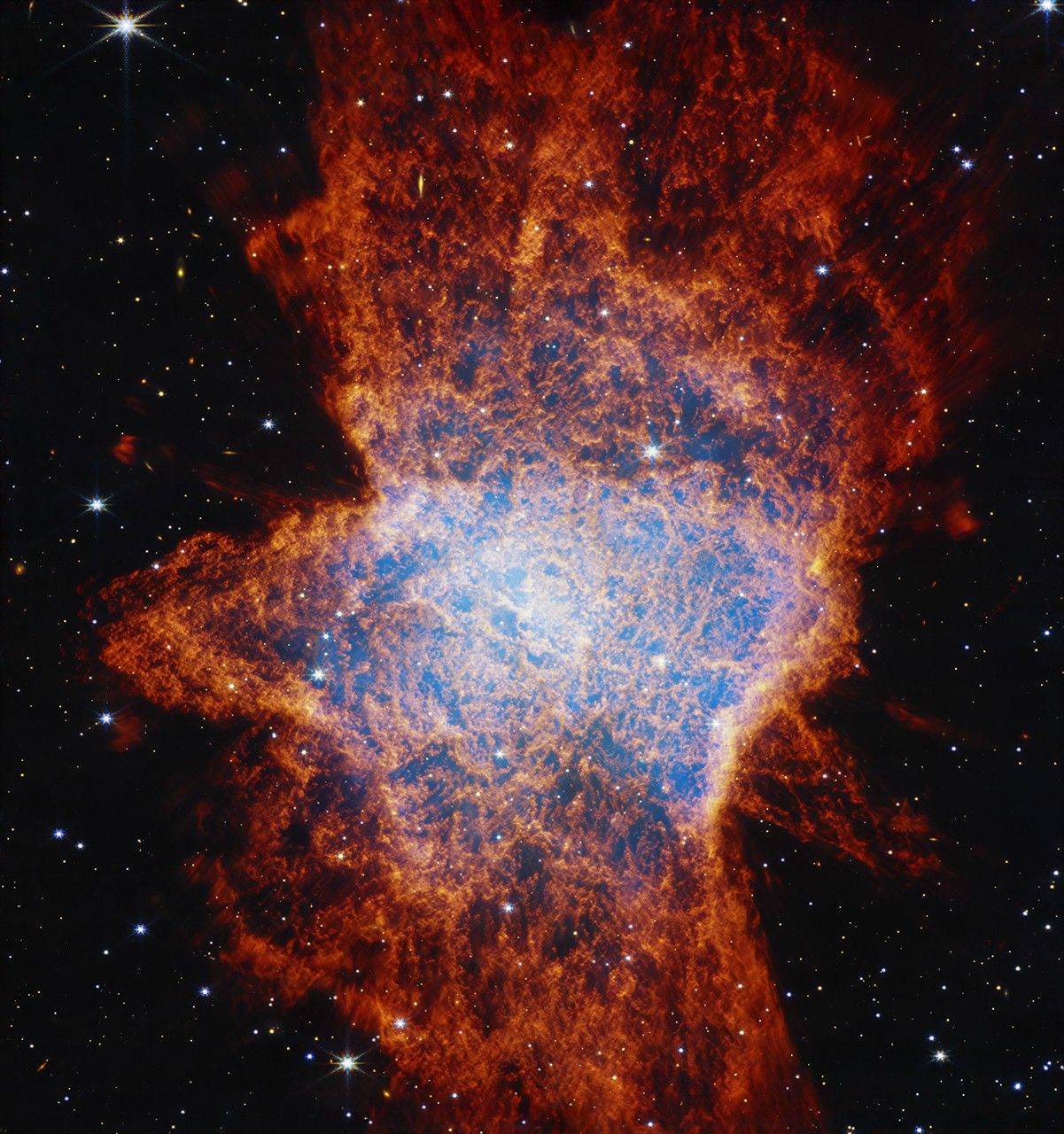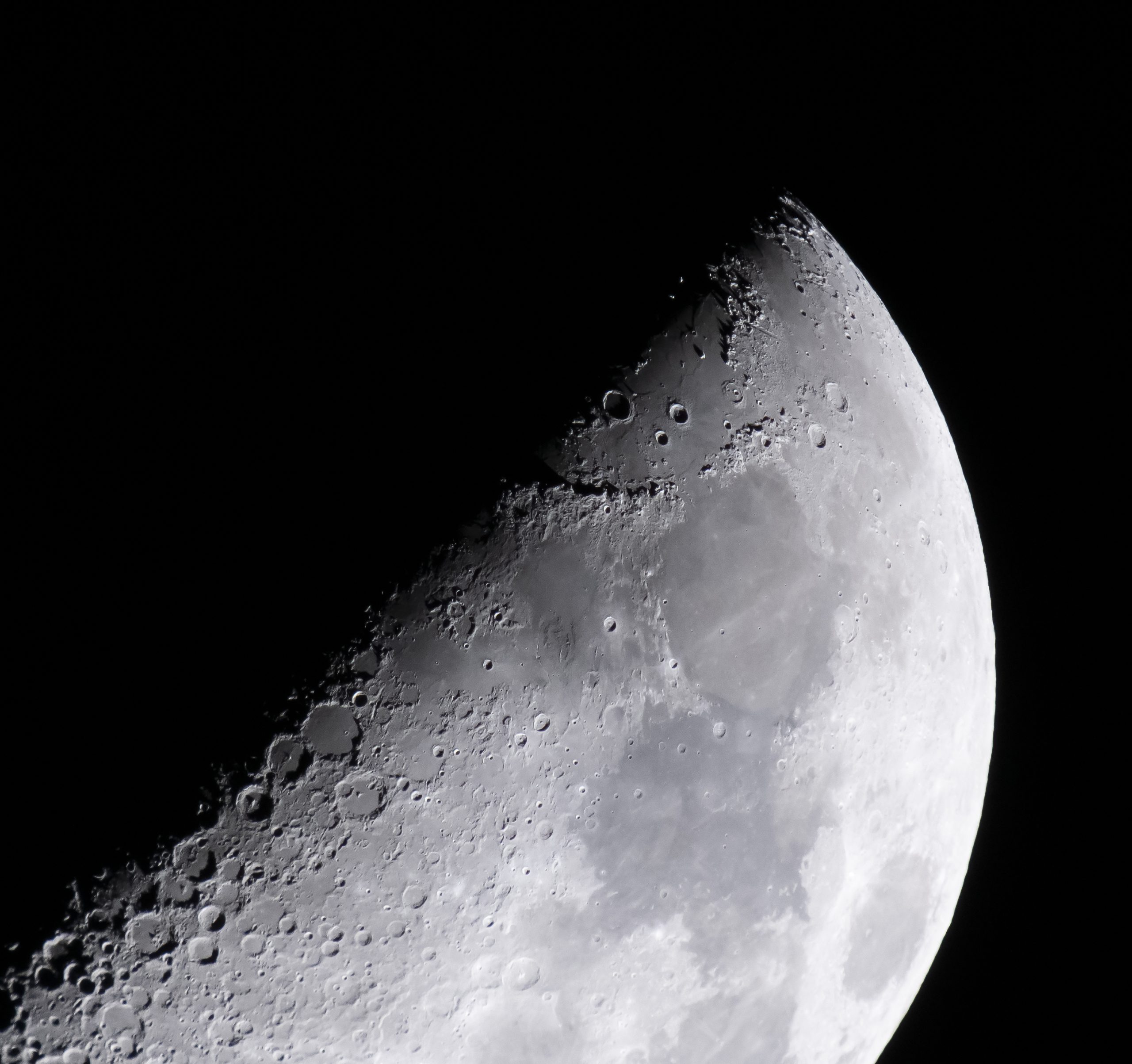Now Reading: NASA’s Webb Uncovers Intricate Details of Planetary Nebula
-
01
NASA’s Webb Uncovers Intricate Details of Planetary Nebula
NASA’s Webb Uncovers Intricate Details of Planetary Nebula

Fast Summary
- NASA’s James Webb Space Telescope captured high-resolution images of planetary nebula NGC 6072,showcasing its complex shapes and features.
- Teh nebula displays a multi-polar structure with several elliptical outflows from its center, revealing intricate phenomena during the star’s late life stages.
- Astronomers suggest at least two stars are at the nebula’s core: an aging star shedding mass and a companion star interacting with it.
- Observations highlight concentric rings around the central region, possibly caused by pulsations or orbital interactions between the two stars.
- Infrared imaging reveals varying materials like hot ionized gases and cool molecular dust within distinct regions of the nebulous structure.
- As stars within planetary nebulas fade and cool over time, they contribute enriched material to interstellar space, aiding in forming new stars and planets.
Images: Available through NASA’s repository; link provided below.
Indian Opinion Analysis
The detailed insights from Webb’s observations emphasize advancements in technology that deepen our understanding of stellar life cycles. While this revelation primarily pertains to global scientific knowledge on astronomical phenomena,India stands to benefit indirectly through collaborations in space exploration-including its growing expertise in astronomy programs like ISRO missions-and educational initiatives aligned with emerging findings from platforms such as NASA. These moments reinforce India’s importance as an active participant in international science dialogues while inspiring domestic advances toward cutting-edge research infrastructure. Such studies also cultivate scientific curiosity among youth aspiring to develop expertise across space sciences.



























